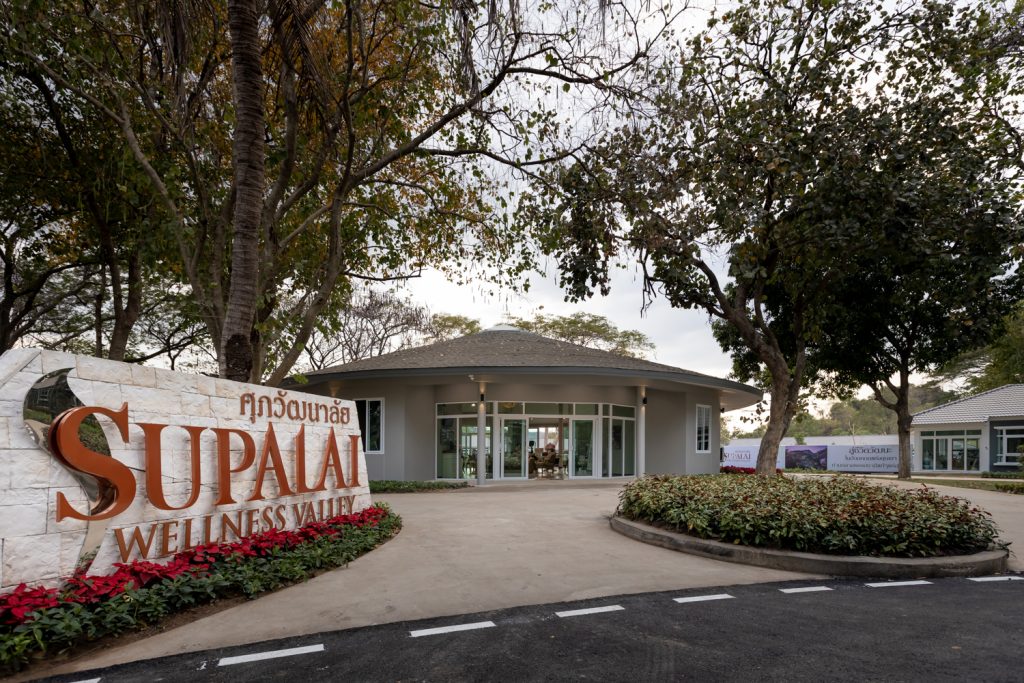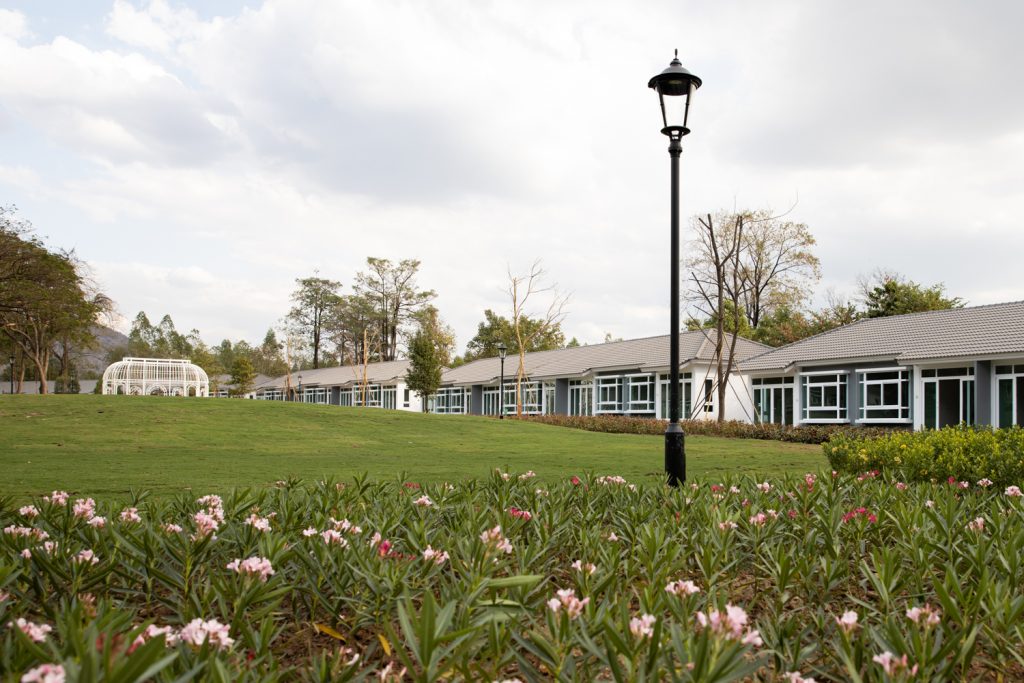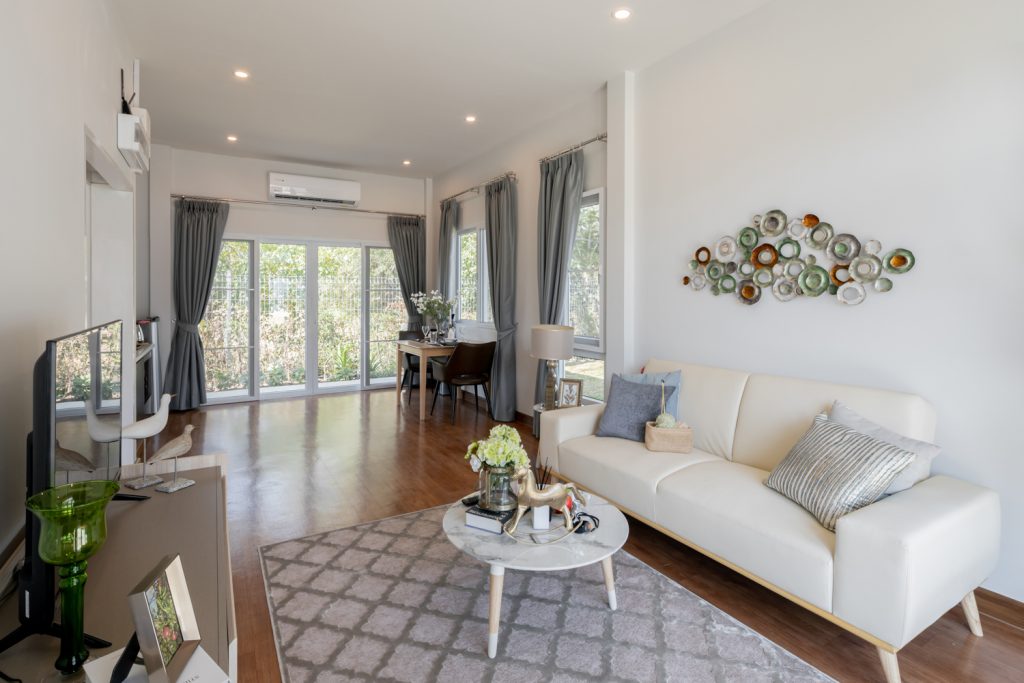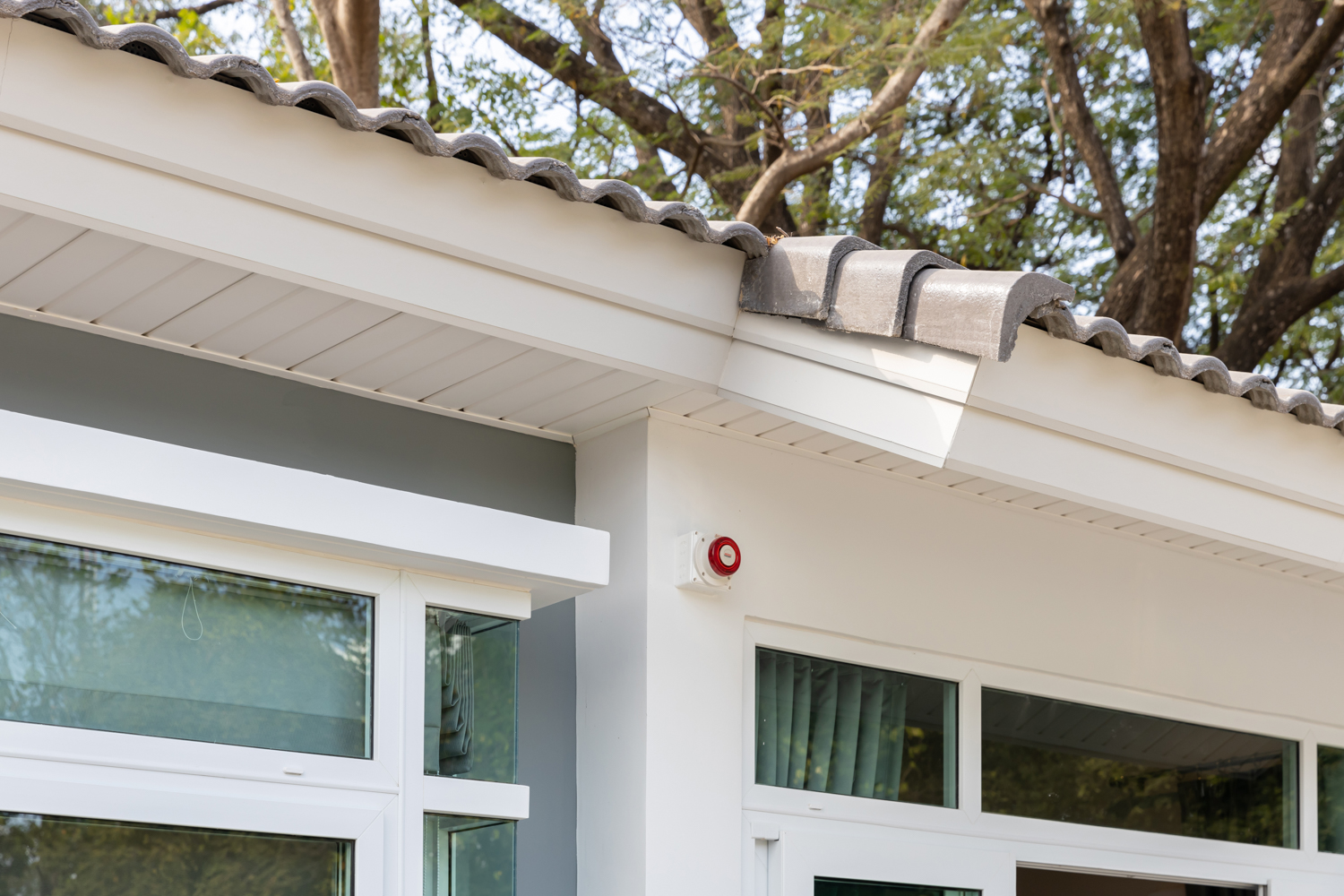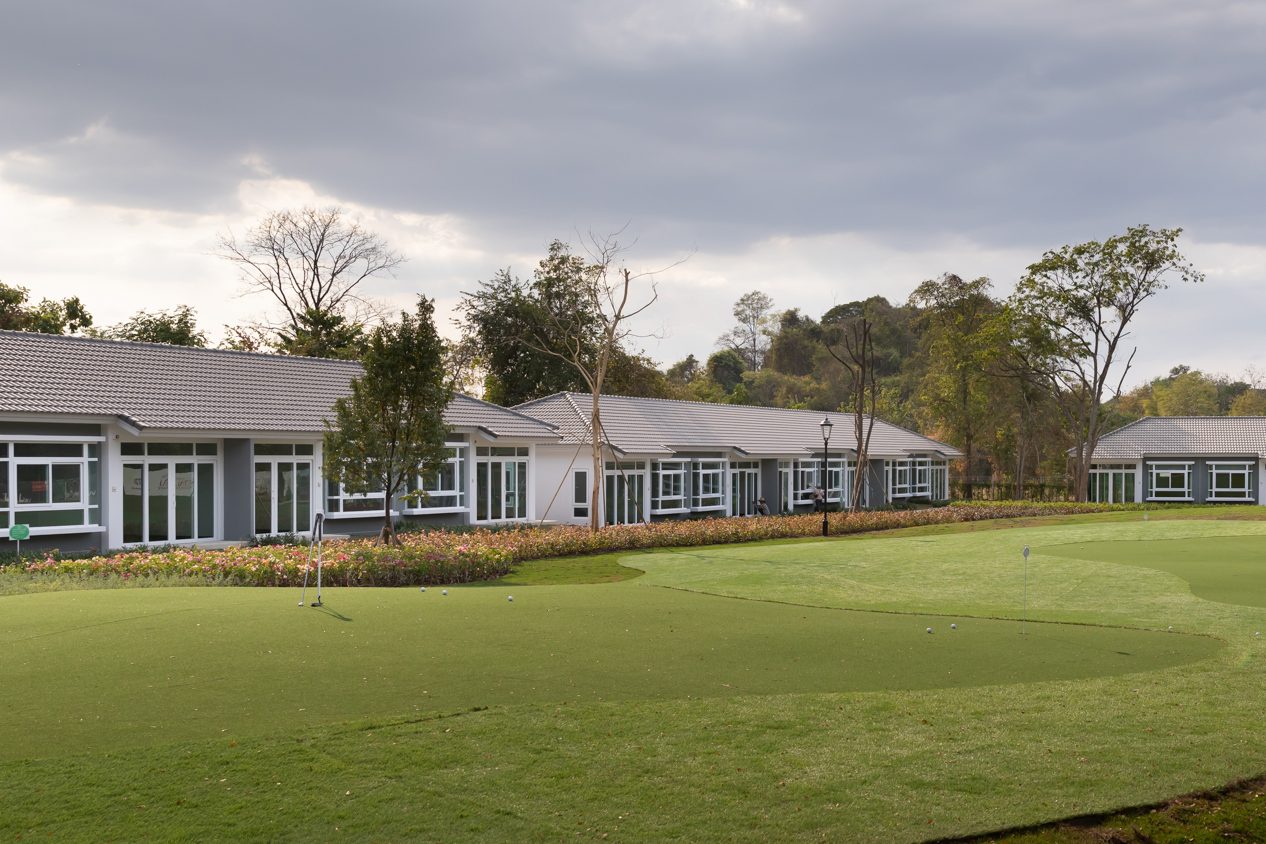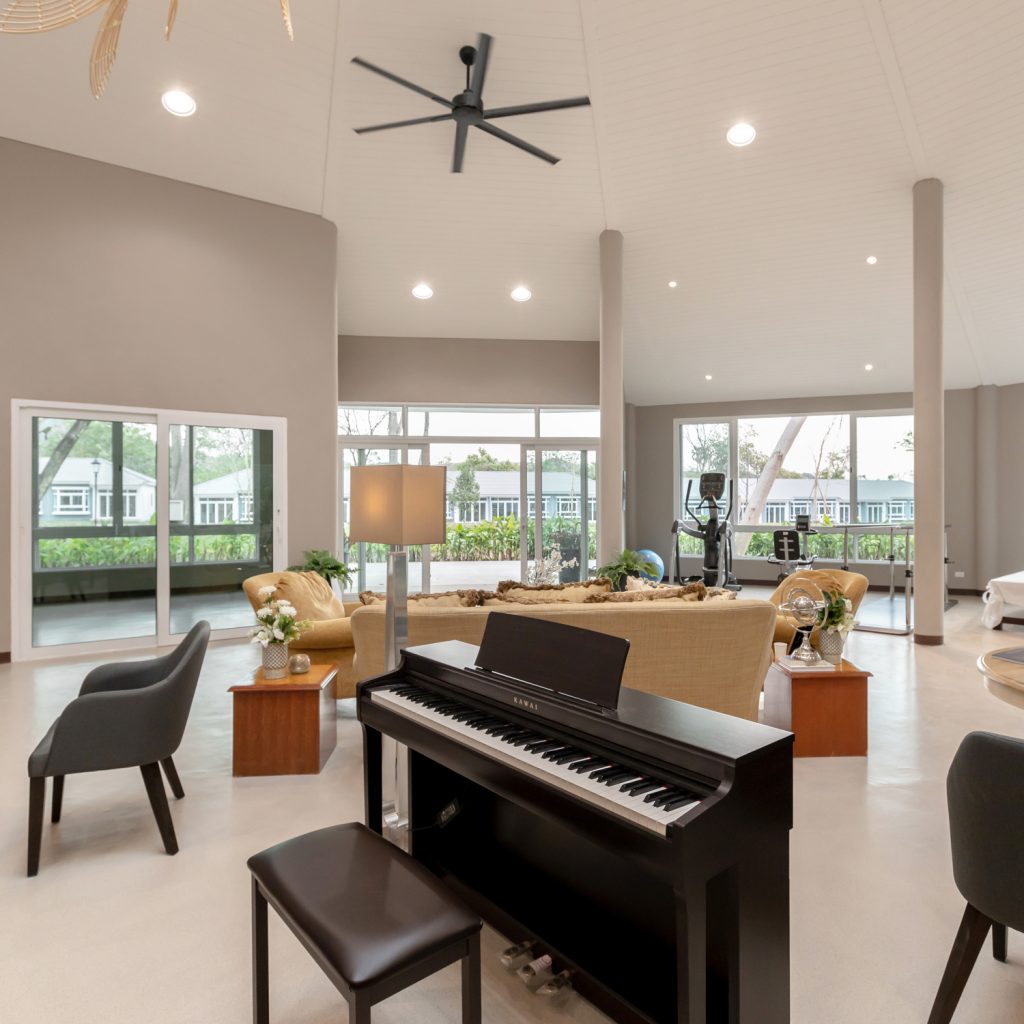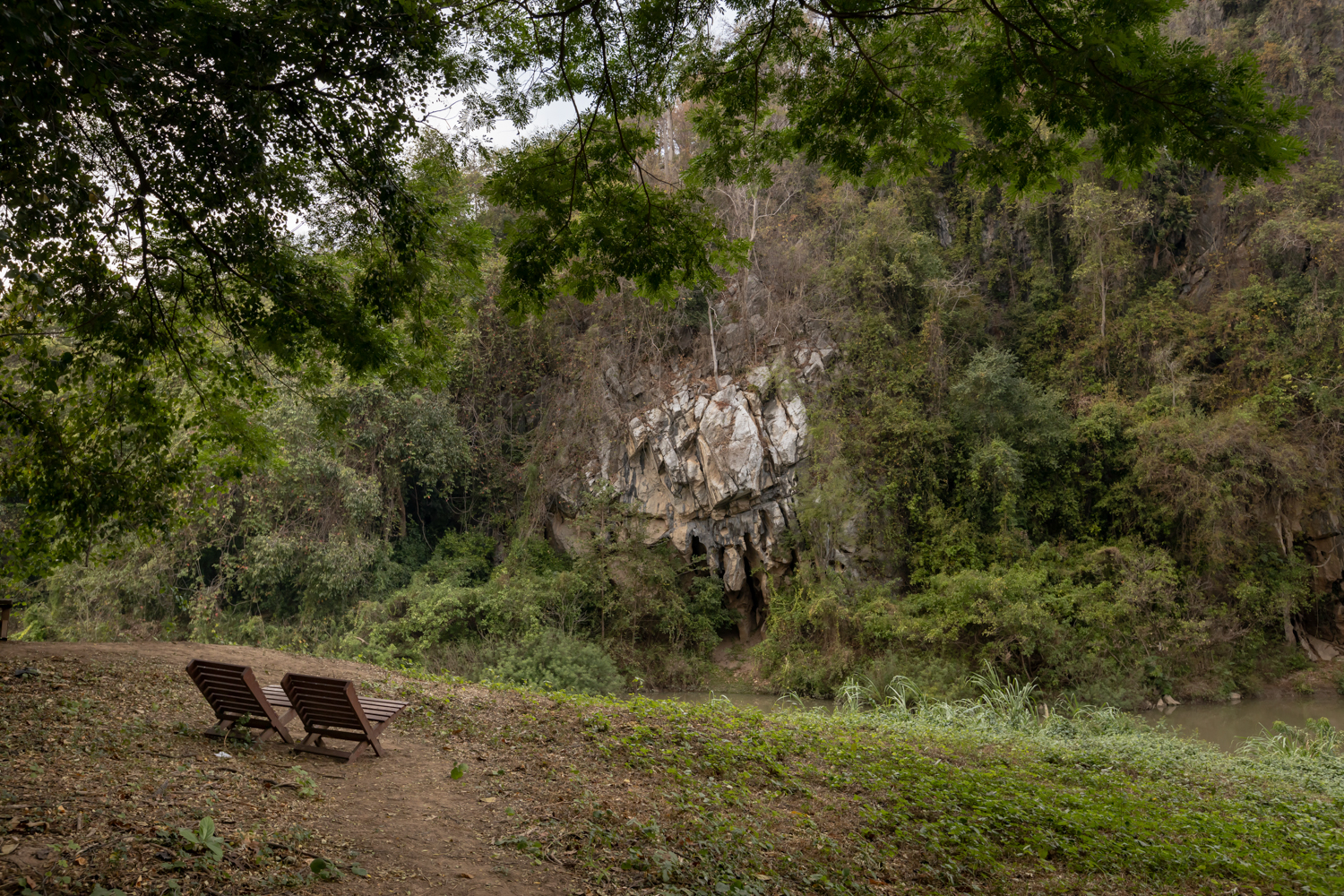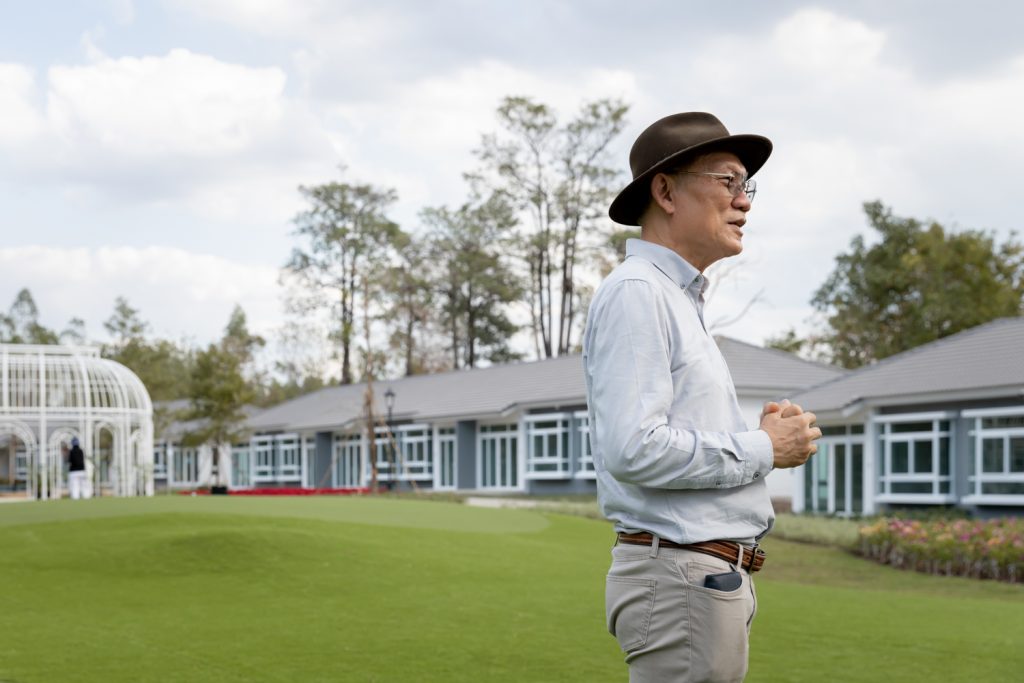THROUGH 30 YEARS OF RESIDENTIAL DESIGN EXPERIENCES, SUPALAI PUBLIC COMPANY LIMITED LED BY DR. PRATEEP TANGMATITHAM HAS LAUNCHED SUPALAI WELLNESS VALLEY, THE ELDERLY HOUSING PROJECT IN SARABURI PROVINCE TO CREATE A HEALTHY LIFE FOR THE ELDERLY
TEXT: NAPAT CHARITBUTRA
PORTRAIT & PHOTO: KETSIREE WONGWAN
(For Thai, press here)
The graphs of Thailand’s population structure created by practically almost every institution and organization all point towards the same direction, and that is Thailand is now entering the Aging Society. Currently, the senior population amounts to 16.7% of the country’s overall population or 11 million citizens. Within less than ten years, the figures will statistically increase to 26.9 million. This is perhaps one of the reasons why people are starting to finally recognize the importance of design for the elderly.
“I can see that the demand for residential spaces for elderly people will continue to grow, and I have quite a good understanding of the demands and needs of this particular demographic since I am too considered to be an elderly (laugh).” Dr. Prateep Tangmatitham told art4d about the origin of Supalai Wellness Valley, the project located right next to Supalai Pasak Resort. Standing on the vast 75-acre land, in Kaeng Khoi district of Saraburi province, resting along the Pasak River, the project has recently launched its first 65 units developed from the ‘natural breeze of the ozone,’ which boasts the living environment surrounded by the wonderful presence of the forest and river.
Universal Design is adopted as the core of the project’s design standard, from the well-planned slope design of all the walkways, the rubber flooring of each unit’s interior space, which offers a non-slippery and slightly soft surface, the large sliding doors used with the rooms, the wheelchair-friendly spaces, the seat and railing inside the bathrooms, the use of bright colored tones to minimize the chance for the inhabitants to develop depressive moods, to the small details that have certain effects on the elderly’s emotional and mental state, such as the design of the bay window. “Old people usually have their own collection of memorabilia, whether it’s pictures of when they were young or their children and grandchildren to keep them from feeling lonely.” Each residential unit also includes a front and back yard for growing a kitchen garden, Dr. Tangmatitham added.
“I used to study elderly housing when I was in college in the United States. I visited housing projects in Scandinavian countries, Japan and China.” Dr. Tangmatitham explains how most elderly housing projects are usually designed using the same principles, which is to create a community where elderly people may live together. The objective of Supalai Wellness Valley, however, is to create not only just a residential project that is friendly for the physical being of elderly dwellers, but also the preparation for the ‘quality of life’ that will encourage participation in different activities such as flower arrangements, cooking workshops, and workout classes. A large common area is also included in the program for the community members to engage in various social activities together. “The aspects that make Supalai Wellness Valley have a cut above other projects of a similar nature are the facilities, such as the large swimming pool, a spa, restaurants, fitness zone and a minimart. So, what we really want to create for the project is the sense of togetherness; living together happily within this great community with people your own age.
“Thai society determines whether someone is an elderly person using 60 as the retirement age. People who are over 60 years of age are offered privileges, from special priced tickets when using mass public transports such as skytrains, buses, planes to the special parking spaces at department stores. These privileges are great but at the same time, they draw a line that separates an elderly person’s daily life from others. “Supalai Wellness Valley is considered to be the ‘life-prolonging house.” While living in a good environment, you tend to live longer, and your body stays stronger for a longer period of time. It isn’t the kind of place where people live and feel like they’re old or getting older. The project is ideal for young people as much as those who decide to go into early retirement, or people who, for example, work from home and need to go into their Bangkok office only once a week,” Dr. Tangmatitham further added.
The diversity of the inhabitants does have its benefits. One of them is the vivaciousness it brings to the community, which is something most elderly people look for. Each unit is designed as a one-story home whose 55-square-meter area comprises of a living room, a dining area and bedrooms for family members to stay during their visits over the weekends. In terms of the health care facilities, the project has a service center with professional nurses who are always on call, a physical therapy room, and a 24-hour emergency service.
“Supalai has done all types of residential projects, from single-detached homes, twin homes to townhouses and condominiums. This project is our CSR (Corporate Social Responsibility) project we intended to develop to offer this particular kind of living facility that the society needs. We don’t make any profit from this project. Each unit is sold at its cost. Nevertheless, it isn’t a social housing project. We just want to create a community where elderly people can live together in a happy, beautiful environment. It’s also a great long-term investment because, at the end of the day, a house is the kind of property that is going to be with you forever.”


